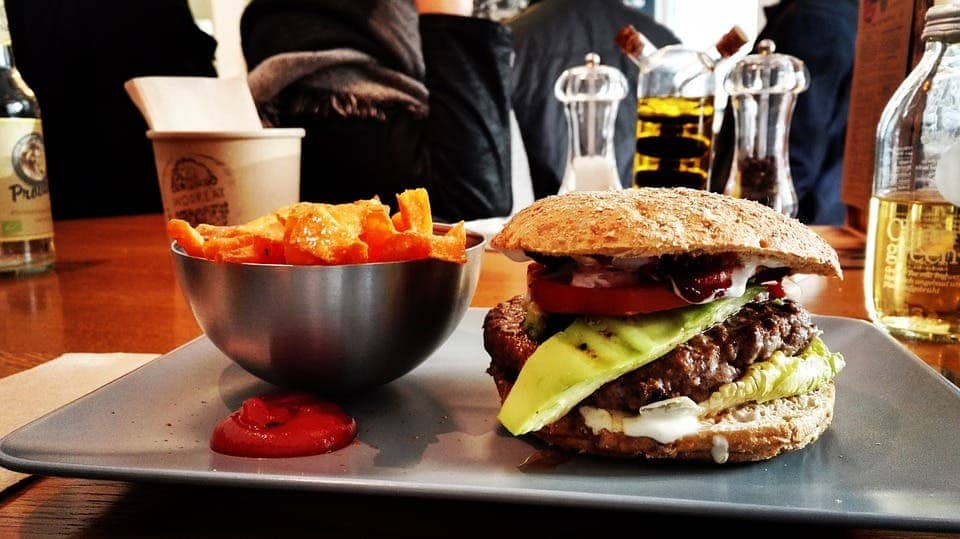Although many fast food chains in the United States have greatly increased their offerings in order to meet consumer demand, most of these new options are still unhealthy. In fact, most new or discontinued fast-food entrees, sides, and desserts have more calories and sodium per portion size than their counterparts from thirty years ago.
The findings were reported by researchers who analyzed the offerings of the 10 most popular fast food chains in the United States in 1986, 1991, and 2016. During these thirty years, fast food restaurants have increased the diversity of their offerings by 226% — unfortunately, most of these servings haven’t gotten healthier.
“Our study offers some insights on how fast food may be helping to fuel the continuing problem of obesity and related chronic conditions in the United States. Despite the vast number of choices offered at fast-food restaurants, some of which are healthier than others, the calories, portion sizes, and sodium content overall have worsened (increased) over time and remain high,” lead investigator Megan A. McCrory, from Boston University, said in a statement.
Since 1980, the prevalence of obesity has doubled in more than 70 countries and has continuously increased in most other countries, with the US leading the way. Being overweight or obese has been linked with developing cancers of the esophagus, colon and rectum, liver, gallbladder and biliary tract, pancreas, breast, uterus, ovary, kidney, and thyroid, as well as leukemia. Obesity has even been linked with dementia. No fewer than 40 million fatalities were attributed directly to excess body weight in 2015 — and the number of indirect cases is even higher.
In the US, 45% of adults aged 20 to 39 years eat fast food meals on any given day. Each meal that they consume has an average of 767 calories — close to 40% of the 2,000-calorie daily allowance. Adding a sugary beverage to the meal increases the calorie intake to 45-50%.
McCrory and colleagues argue that fast food restaurants are at least partly to blame for the rise in obesity in the United States, and elsewhere around the world. According to their findings, fast food restaurants have increased calorie intake in all three major categories. The largest increases were in desserts (62 calorie/decade), followed by entrees (30 calories/decade). Most of these increases were due to an increase in portion sizes. Sodium content also increased significantly in all menu categories.
“We need to find better ways to help people consume fewer calories and sodium at fast-food restaurants. The requirement that chain restaurants display calories on their menus is a start. We would like to see more changes, such as restaurants offering smaller portions at a proportional prices,” McCrory said.










